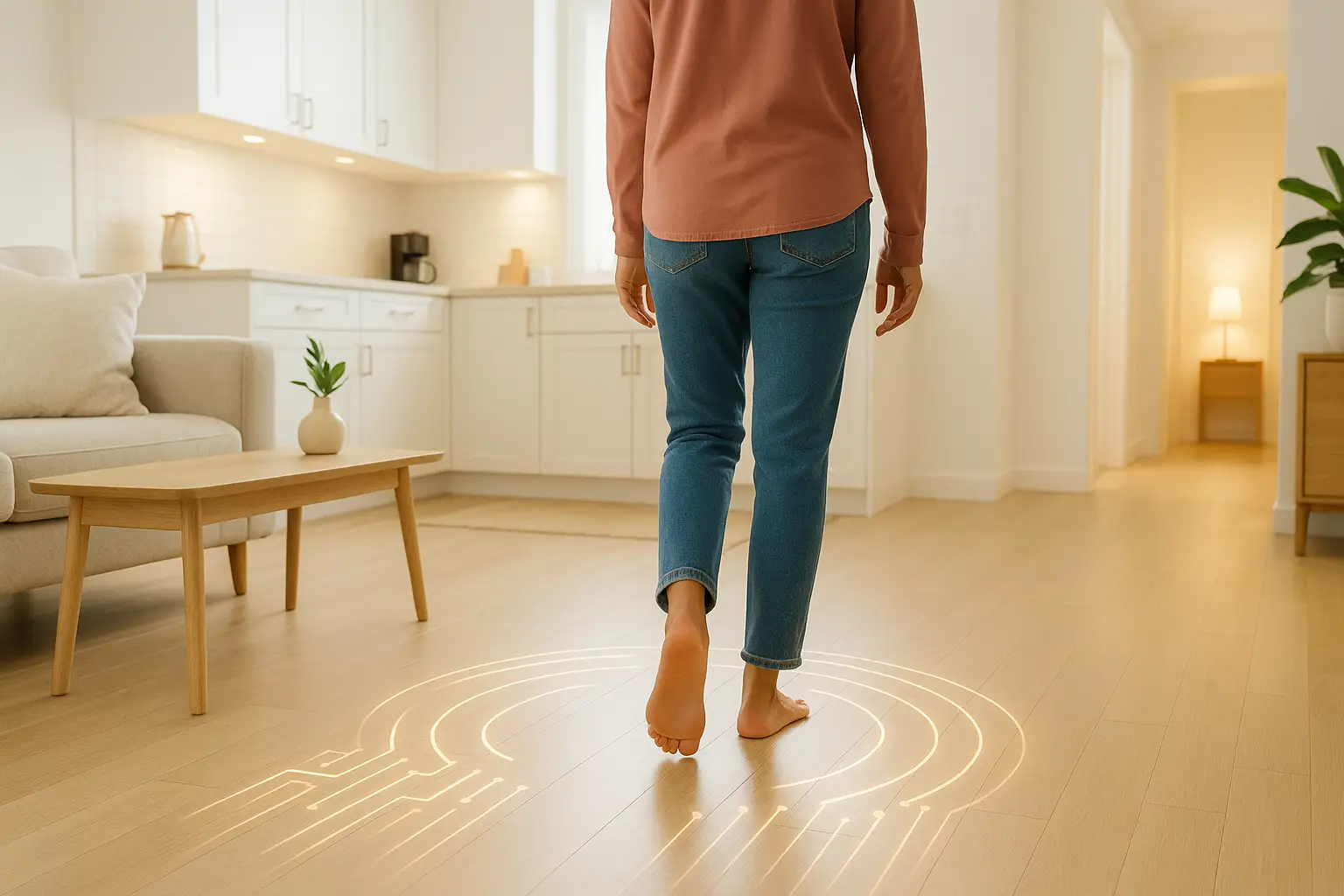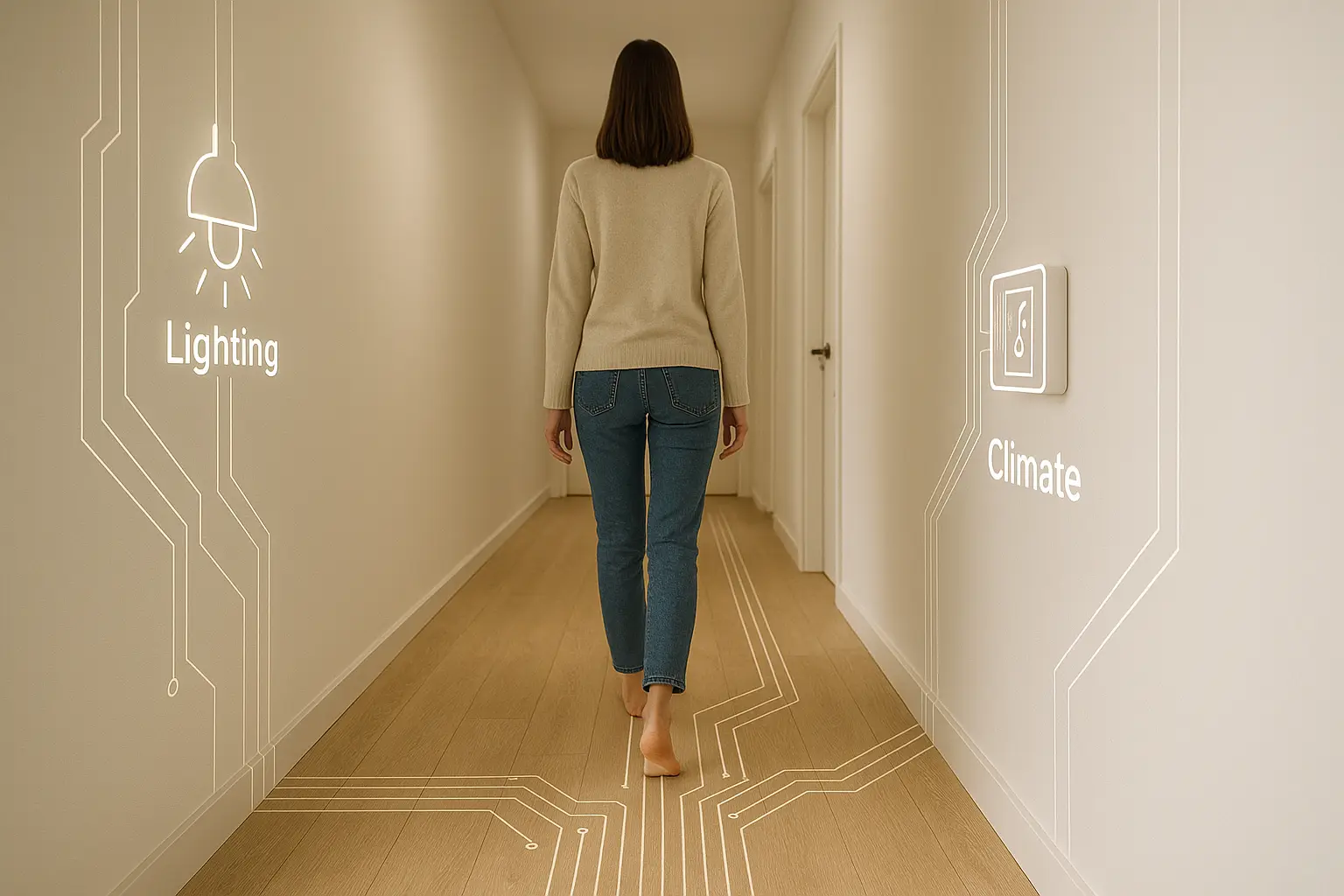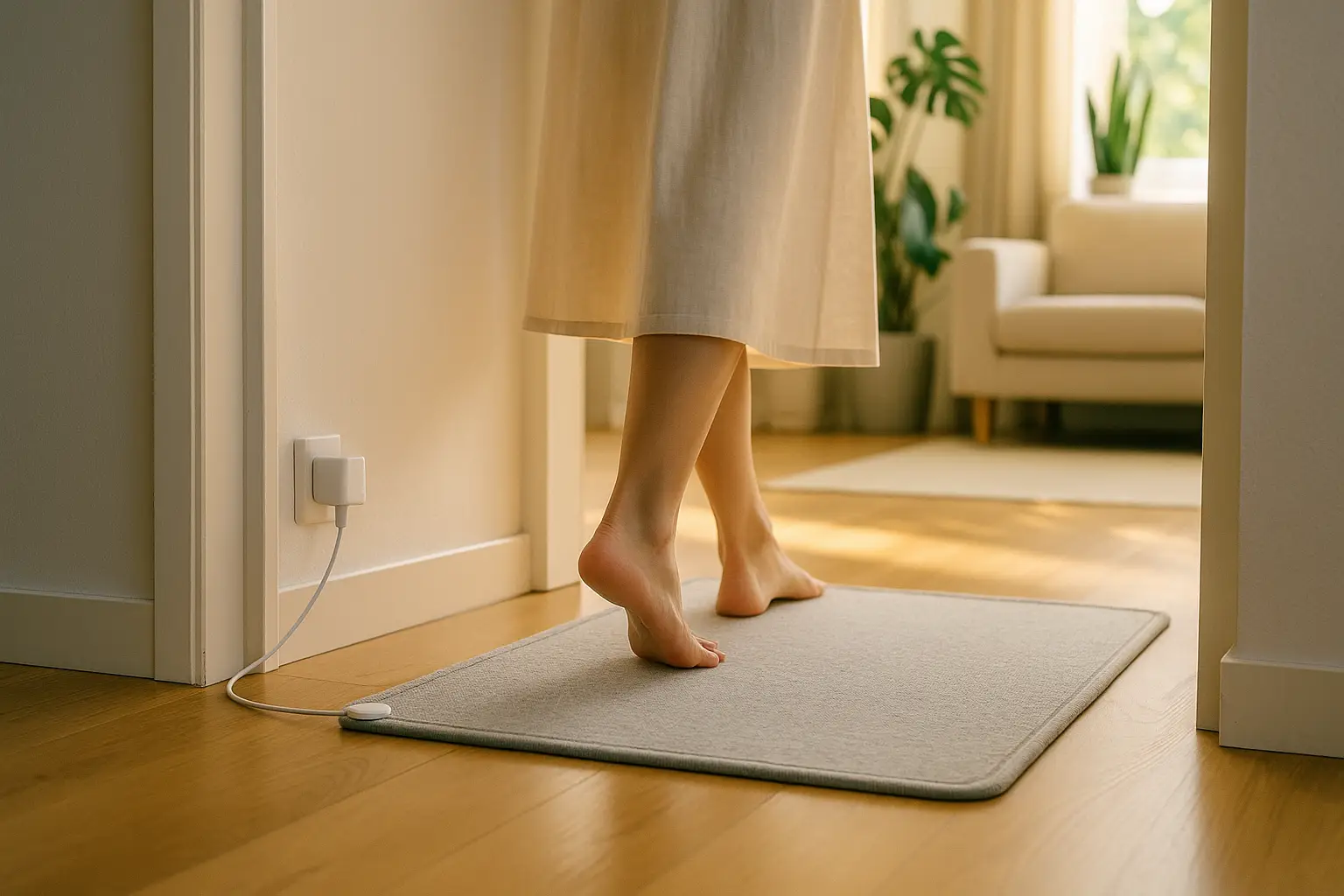The Future of Modern Living Through Intelligent Connected Spaces
Modern living is being transformed by the integration of intelligent technologies that make spaces more efficient, safer, and more comfortable. As homes evolve beyond traditional structures, they now adapt to human behavior, streamline daily routines, and enhance quality of life. This emerging ecosystem blends architecture with digital innovation, giving rise to environments that actively support the people who live in them. The journey toward smarter living begins with understanding how connected systems shape homes and communities.
Transforming Communities with Smart Infrastructure
One of the biggest drivers behind the shift toward advanced living spaces is the development of smart infrastructure. This interconnected foundation uses sensors, data analytics, and automated systems to improve how neighborhoods function. Whether it is energy distribution, water management, or transportation optimization, intelligent infrastructure creates a more seamless relationship between people and their environments.
Homes benefit directly when communities adopt such technology. Streetlights that adjust brightness based on activity, efficient waste management systems, and advanced climate monitoring all contribute to more responsive living areas. As cities adopt these solutions, residents experience smoother traffic flow, enhanced public services, and increased sustainability. This intelligent framework makes it easier for households to integrate their own connected systems, paving the way for a unified living experience.
Evolving Everyday Life with a Smart Home
Inside residential spaces, the concept of a smart home has grown far beyond convenience-based gadgets. Today’s connected homes learn from user patterns, optimize energy usage, and create personalized atmospheres. Automated lighting, climate control, and voice-assisted technologies allow individuals to manage their environments with minimal effort. Over time, these systems adapt to preferences, offering personalized comfort while reducing unnecessary energy consumption.
Smart living also encourages a more efficient lifestyle. Appliances that communicate, automated schedules that reduce manual tasks, and integrated systems that manage home routines collectively elevate daily life. As homes become more intuitive, they help residents focus on meaningful activities rather than repetitive tasks. This shift reflects how technology is gradually becoming an invisible assistant within the household.
Enhancing Protection Through Advanced Home Safety
One of the greatest advantages of modern technology is the significant improvement in home safety. Intelligent monitoring systems help secure homes against potential threats, offering a sense of protection that traditional methods cannot match. Motion detectors, entry sensors, and environmental monitors instantly alert homeowners to unusual activity, enabling quick responses and enhancing peace of mind.
Safety now extends beyond intrusion monitoring. Sensors can track air quality, detect leaks, and identify fire risks early, reducing the likelihood of severe damage. Families benefit from an added layer of security, especially when they are away. With real-time notifications and remote access capabilities, individuals can check in on their homes anytime, ensuring that safety measures remain active and reliable. As these systems continue to evolve, the focus on protective technology becomes a cornerstone of modern living.
Improving Daily Comfort with Seamless Home Convenience
While security and efficiency play crucial roles, everyday comfort remains at the heart of intelligent home design. Innovations dedicated to home convenience aim to simplify routines and make living spaces more enjoyable. Automated window treatments, smart entertainment systems, and adaptive lighting help create atmosphere and comfort tailored to individual needs throughout the day.
Convenience also influences productivity and relaxation. The ability to control various aspects of the home environment through a single interface reduces stress and increases efficiency. Whether scheduling appliances to run automatically, adjusting temperatures remotely, or activating preset mood scenes, homeowners are empowered to create the ideal setting with minimal effort. This harmonious combination of comfort and function is one of the defining elements of future-ready homes.
Integration: The Core of Intelligent Living
The real power of connected living lies in the integration of systems. When infrastructure, home automation, safety, and convenience work seamlessly together, the result is an environment that feels intuitive and alive. Homes become adaptable ecosystems capable of predicting needs, reducing waste, and supporting healthier living.
Such integration promotes sustainability as well. Smart energy management reduces consumption, predictive maintenance extends the life of home systems, and efficient environmental controls create healthier indoor climates. These benefits reflect a holistic approach to modern living, where technology enhances comfort without compromising environmental responsibility.
The transformation of living spaces is accelerating, fueled by the ongoing development of intelligent technologies. As smart infrastructure advances and homeowners embrace the capabilities of a smart home, the landscape of modern living becomes more dynamic and efficient. With improvements in home safety and a renewed focus on home convenience, individuals can enjoy connected environments that enrich their daily lives. This evolution marks the beginning of a future where homes are not just places to live, but intelligent partners that support comfort, security, and well-being for generations to come.









